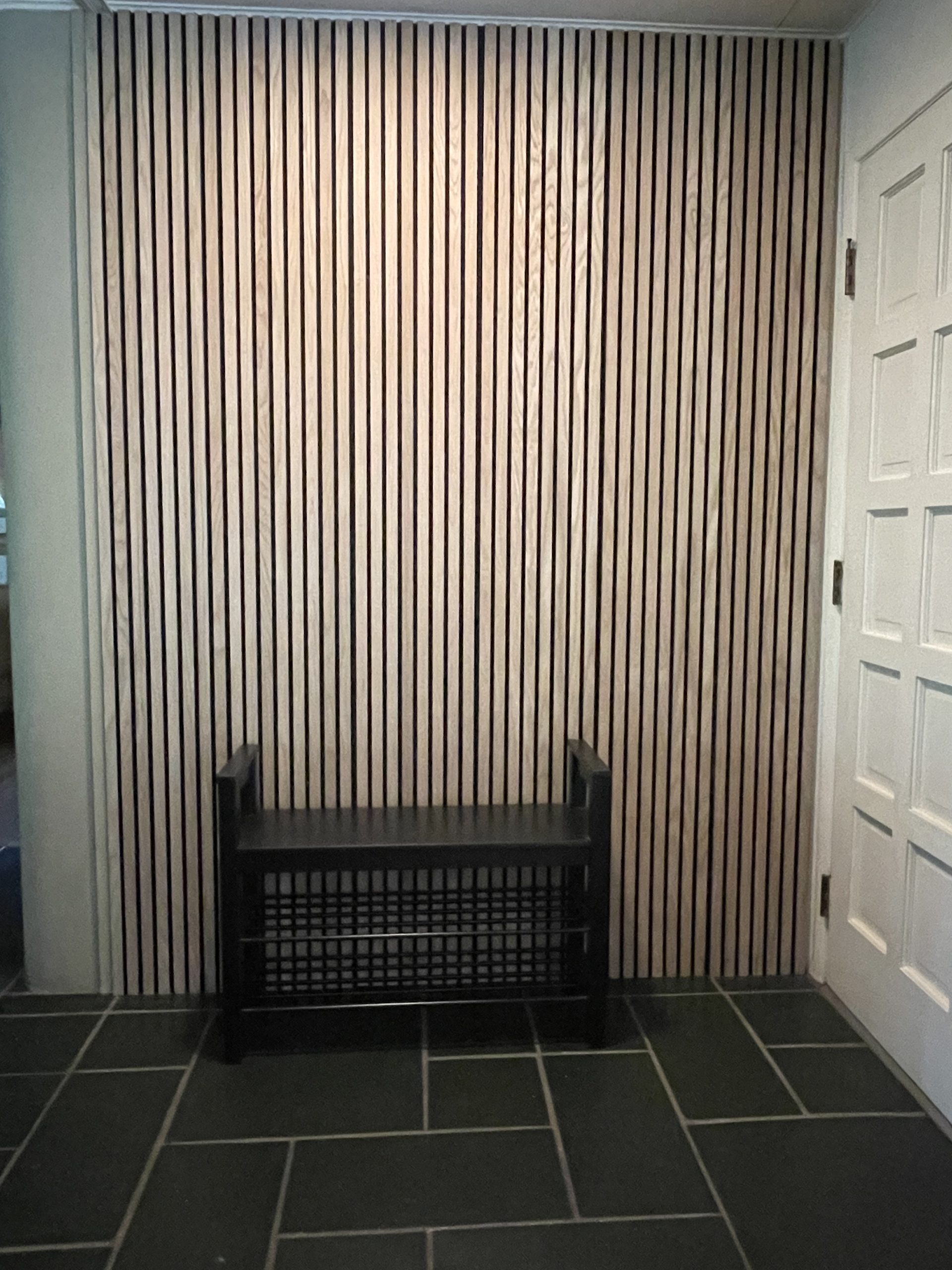Style Your Space: The Ultimate DIY Wood Accent Wall Guide for a Rustic RevivalStyle Your Space: The Ultimate DIY Wood Accent Wall Guide for a Rustic Revival

Style Your Space: The Ultimate DIY Wood Accent Wall Guide for a Rustic Revival
Adding a DIY wood accent wall is a creative adventure that adds warmth, character, and vintage appeal to your house. It’s not just a weekend job. This makeover not only showcases your individuality but also honors sustainability, especially when you use repurposed materials. This book will take you through every step, regardless of your level of experience renovating. Many homeowners are choosing
to bring eco-conscious charm into modern spaces.
Why Reclaimed Wood Is the Star of Any Accent Wall
Repurposed wood has a backstory. Salvaged from abandoned cottages, industrial structures, or barns, every plank of wood carries a history in its grain. For your do-it-yourself wood accent wall, using salvaged materials brings
- A rustic, timeworn texture that’s hard to replicate with new wood
- An eco-conscious design choice that reduces environmental waste
- Unique color variations that add depth and interest to any space
Your Pre-Installation Toolkit
Before diving into your DIY wood accent wall, gather these essential tools:
- Measuring tape—for accurate wall sizing
- Level—to align your planks perfectly
- Pencil—to mark cutting and layout lines
- Saw—for trimming planks to fit
- Construction adhesive—for solid adhesion
- Nail gun or hammer—to fasten planks securely
Safety gear—gloves, goggles, and a mask for protection
Pro tip: Allow reclaimed wood to acclimate indoors for 48–72 hours. This prevents shifting after installation due to humidity or temperature changes. Experts recommend using high-quality
to enhance the durability of your design.
From Blank Wall to Showstopper: Step-by-Step Process
1. Surface Prep for a Seamless Finish
Start with a wall that is level, dry, and clean. Fix any flaws that might compromise the plank’s adherence, such as nails or lumps. For your do-it-yourself wood accent wall to appear perfect, this base is essential.
2. Layout Planning: Vision to Reality
To test configurations, place your wood boards on the floor. To achieve visual harmony and steer clear of repeating patterns, mix colors, grains, and lengths. For a more organic look, think about staggered boards.
3. Marking and Measuring
Straight lines should be drawn across your wall using a pencil and level. This technique makes it easier to maintain uniform rows, particularly when working on a bigger area.
4. Cutting and Adhering
Boards can be cut to fit wall edges, outlets, or corners. Each board should have a thick layer of glue applied to the back, be pressed firmly against the wall, and be fastened with nails. Referencing your directions, go row by row.
5. Final Touches and Sealing
Check for overhangs, loose edges, or gaps in your DIY wood accent wall. If needed, use wood filler to fill up small gaps. To preserve the wall and enhance the color tones, you may use a matte clear coat. You’ll find endless layout options by browsing online galleries focused on
.
Creative Design Ideas for Your Wood Accent Wall
Thinking beyond the basics? Here are creative ways to personalize your DIY wood accent wall:
- Diagonal pattern for a modern twist
- Herringbone layout for a sophisticated finish
- Framed wall section as an artful centerpiece
- Two-tone design mixing dark and light wood
Maintenance Tips for a Long-Lasting Finish
Successful digital marketing often starts with the right design inspiration to capture your audience’s attention. Keep your DIY wood accent wall beautiful with minimal upkeep:
- Dust with a soft, dry cloth weekly
- Avoid moisture exposure to prevent warping
- Use a dehumidifier in humid areas
- Re-seal annually if the wall is in high-traffic or moisture-prone areas
Description List: Benefits of a DIY Wood Accent Wall
Sustainability: Eco-friendly choice using repurposed wood from older structures
Visual Warmth: Creates an inviting and cozy atmosphere in living rooms, bedrooms, or offices
Customizable: Adapts to any space—cut and install to fit unique corners and shapes
Affordable Impact: Makes a big design statement without a major investment
Frequently Asked Questions
Q1: Can I install a DIY wood accent wall without nails? Yes. Strong construction adhesive is sufficient for light to medium planks. However, using nails provides extra durability, especially in areas with high traffic or humidity.
Q2: What types of reclaimed wood are best for accent walls? Barn wood, pallet wood, and oak are excellent choices. Look for kiln-dried wood that’s been cleaned and treated for pests or mold.
Q3: How do I maintain a DIY wood accent wall in a bathroom? Ensure the wood is properly sealed with a water-resistant finish, maintain good ventilation, and avoid direct water contact.
Q4: Can I install a DIY wood accent wall over drywall? Absolutely. Just make sure the drywall is clean, flat, and primed. Anchoring into wall studs adds extra security.
Q5: How do I remove a DIY wood accent wall later? Use a pry bar to gently detach the planks. Adhesive might leave residue, so sanding and repainting may be needed afterward.
